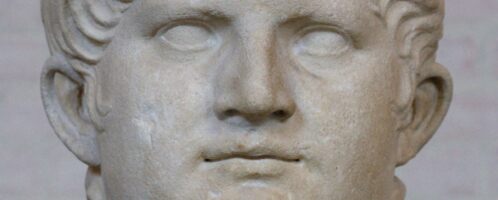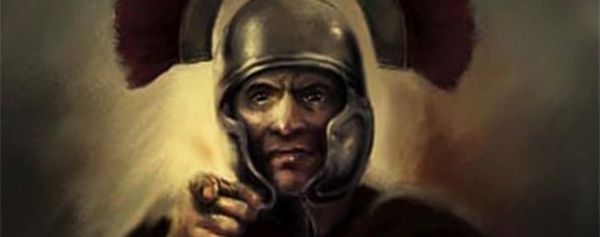If you have found a spelling error, please, notify us by selecting that text and pressing Ctrl+Enter.
Curiosities of ancient Rome (Unknown facts)
The world of ancient Romans abounded in a number of amazing curiosities and information. The source of knowledge about the life of the Romans are mainly works left to us by ancient writers or discoveries. The Romans left behind a lot of strange information and facts that are sometimes hard to believe.
Herd of elephants surrounded by people
Pliny the Elder mentions in his encyclopedic work Natural History that a herd of elephants surrounded by hunters position themselves in such a way that the individuals with the smallest fangs were at the front. In this way, they supposedly want to convince people that it is not worth trying ivory.
Technical advancement of Romans in terms of latrines and sewage systems
The technical advancement of the Romans in terms of latrines and sewage systems was achieved again in Europe only in the 19th century. It is believed that the first sewage system in Rome was built between 800 and 735 BCE. The Roman sewer system was extremely extensive in ancient Rome.
Lions and boars on battlefield?
Lucretius – Roman poet and philosopher from the 1st century BCE – in his work De rerum natura (“On the Nature of Things”) made various philosophical and scientific considerations. He believed that early humanity used all sorts of wild animals on the battlefields, including lions and wild boars.
Consuls and their funny nicknames
Marcus Aemilius Lepidus, a consul for 137 BCE, was so obese that any movement and effort over time became a great problem for him. Due to his physical condition and clumsiness on the battlefield, he was given the nickname Porcina (“Pig”).
Galen – expert in human anatomy
Galen (Aelius Galenus) was a Roman physician of Greek descent, who lived in the 2nd century CE he was regarded in his time as a great expert on human anatomy. Roman law forbade autopsies from 150 BCE. Thus, Galen relied only on dissections of animals (mostly monkeys and pigs).
Self-immolation was practiced in antiquity
Self-immolation was a way of taking one’s own life that had been used since ancient times. Most often it showed the courage of the unfortunate and expressed a kind of protest against injustice.
Gladiator had to know how to die
Gladiators were taught to kill and die stoically. Defeated, who failed to obtain the so-called missus or grace, could choose the way of death. He could kneel on the ground in front of his opponent, lean over and wrap his left arm around his left knee, thus exposing his neck. One quick cut to the throat severed the major arteries and ensured a quick but bloody death.
Good elephant rider
When having war elephants, it was extremely important to have experienced drivers of these animals, i.e. mahouts. Their task was to take care of the animal every day: feeding, watering, cleaning, and in the event of wounds or illness, special care. In addition to caring for the elephant, the mahout’s most important function was guiding the elephant.
Urine in ancient Rome
In ancient Rome, urine was a versatile and valuable commodity that had many uses, from medicine to cleaning to manufacturing. While some of these uses may seem strange or even repulsive today, it’s important to remember that the Romans were skilled and resourceful people who used every resource available to them.











